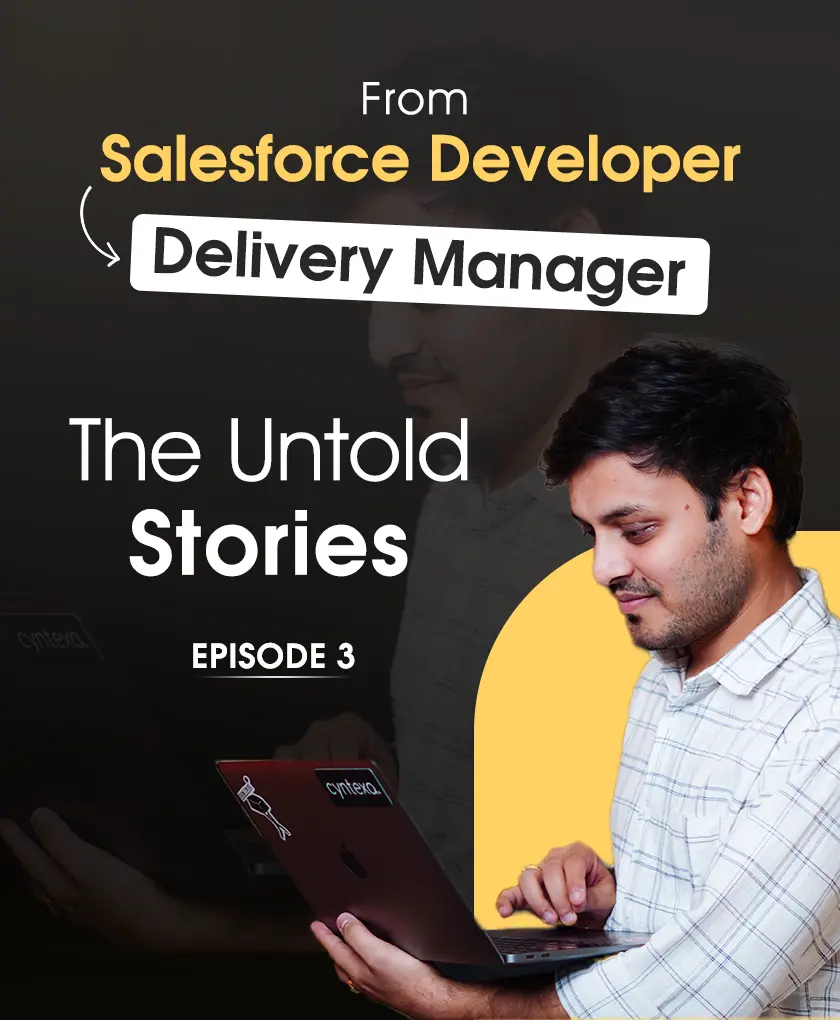What Does The Future Looks Like After The End Of Salesforce DMP
Introduction
In the year 2016, Salesforce built its DMP (Data Management Platform) from the $700 million cash-and-stock acquisition of Krux. The company is yet to update the pages to its Audience Studio to contemplate the change and didn’t reveal exactly what the current users must be expecting as some support for moving ahead. In a statement, Salesforce has provided more emphasis on its customer data platform (CDP), which traffic in the first-party data that the users have to collect on their own.
DMPs are considered a crucial piece of the ad tech ecosystem. They allow the users to further buy digital ads that are being served to people in specific demographics or even market segments while using anonymized or third-party data that have been collected from browser cookies.
The Salesforce DMP is coming to an end. Let’s learn more regarding the reasons why this is happening and what changes we can expect in the coming month as well.
DMP Limitations
Maybe it wasn’t quite a surprising factor that Salesforce has finally decided to shut off their DMP because the way DMPs functioned had some critical limitations. The aim of the DMP category has been quite similar in many ways to that of a CDP, that is, to create a 360-degree view of the customers, find rightful connections and insights, build segments, and optimize several experiences for those customers.
But the DMP has a few limitations of its own, which are briefly discussed as follows:
- DMPs collect quite a large part of their customer data while scraping the cookies across the web, which implies that most of the customers are not aware that this is happening or what exactly is being done with their data. This has been both ethically questionable and is considered no longer reliable with the objection of third-party cookies.
- DMPs are capable enough to put forward first-party data but due to the issue of onboarding products taking days or weeks to bring in offline-based data into the platform, there has been a severe lag always among the customer interaction and media reaction.
Read Our Latest Blog on Salesforce Chrome Extensions in 2021
- The latency challenge, from the above point, further highlights the greater interoperability issue. This issue has been exactly related to the customer 360 feature that DMPs mostly offer and has been adjusted toward the working of the digital world. Those Brands who further wish to truly coordinate through an omnichannel experience, that has been made accountable for both online and in-person interactions, have also concluded that the DMP 360 can’t interoperate.
- There is also the major issue of huge data loss in the DMP customer 360 supply chain. Data gets lost whenever it doesn’t match while entering the platform, and later when it doesn’t match while going out of the platform towards the buying/selling platforms. The brands have often found that with the help of a DMP, only 30-50% of a potential audience have been reached out to. This put pressure on the brands to index toward the mega-segments to absorb this loss, while also greatly putting limitations on the ability to focus on some key subsegments and ultimately hobbling customization.
Audience Studio Changes in August & September 2021
Now, with the departure of DMP, there will be some upcoming Audience Studio Changes in August and September 2021. The points are quite briefly discussed as follows:
- The products in DMP will see a sharp depreciation, starting from August 2021. As a result, there will be a decline in the Audience population. But, to suffice those losses, there will be a modification of live campaigns to replace Prospecting Lookalike or Predictive CDIM audience segments.
- The partner integration is seeing a change in September 2021. Some partners may choose to no longer offer cookie-based activation or be entirely unavailable. In case, partners won’t be available, live campaigns would be addressed before August.
- The customers must accept the new terms & conditions, which would turn up in mid of September & November. The Terms & Conditions would be provided for each of the Data Providers and the acceptance of T&Cs has to be done within 60 days of its release. The release date is yet to be decided.
Need to replace your DMP? What to look for in a CDP for an effective transition?
After looking at the similarities that exist between the aims of CDPs and DMPs along with the ways that CDPs can easily overcome the drawbacks of DMP, a CDP is considered to be a smart investment for brands who are still not understanding exactly what must be done with their DMP. But, not all CDPs will be going to achieve this equally though. Following are the key things to look for:
- A CDP with any specific identity solution would be quite good enough to put forward trust as the basic enterprise source of truth. This should be enough to provide the capability to further have a creation of a high-quality 360 of all known as well as anonymous data available.
- A CDP should also come out with quite rich off-the-shelf audience insights and predictive analytics to produce audiences, coordinate with the omnichannel journeys, and further drive an increase in the ROI (Return on Investment) performance, etc.
- It must have anonymous-to-known capabilities while also having several connections and features of interoperability with the cookie-less ad-tech ecosystem of the future, like that of Throttle and UID2.0.
Also Read: A Guide To Salesforce Tableau CRM
- The CDP must have the enterprise-scale as well as the rightful power which would be required to handle the customer data that would be needed to fulfill critical advertising and measurement use cases. This should be done while keeping in mind the customer interaction data like that of impression logs or other mega-scale data sets.
- There should also be quite dedicated workflows for every team across the business to be able to access and use the customer data. It could be for the IT team for data management and governance, analytics teams for the creation of workflows that are both sophisticated as well as easy to use, or the marketers and media teams for their requirement of no-code point and click exploration, while ensuring the creation of audience, and management of campaigns.
- The CDP should also be quite independent as well as system-agnostic. Interoperability is considered as a make-or-break criterion for any successful CDP initiative, and also a make-or-break from the perspective of advertising the same.
- The CDP provider should also be quite sufficiently funded with large, as well as long-term renewing customers so that one would know that it can successfully stay independent for the long-term scenario, while also protecting the customers from being forced through any acquisition into a walled ecosystem with further misaligned priorities for any customer’s data.
Which products could be an alternative?
Apart from the CDPs (Customer Data Platforms), the following products would also act as an alternative to Salesforce DMP:

1. Ad Studio
With the help of the Advertising Studio, the customers’ are capable enough to build up targeted campaigns while further using their consumer data. Creating and coordinating several campaigns across various social media platforms, such as Facebook, Google, Twitter, YouTube, Google Ads, Pinterest, LinkedIn, or Instagram, is done easily through Ad Studio. Further, the Advertising Audiences would also be integrated with quite major CRM onboarding partners.
2. Interaction Studio
Interaction Studio is real-time interaction management (RTIM) solution that aims to boost the powerful segmentation and sophistication of AI (Artificial Intelligence) to help in determining and delivering the contextually relevant experiences that have inspired the customers to take action. In addition, the companies will be able to use the Interaction Studio which would help them to tailor the interactions done with customers as well as prospective clients that use real-time cross-channel customization and machine learning.
3. Tableau
Tableau could further help the customers in fully leveraging their rich customer data by further providing correct analytics for everyone in their organization. Tableau is considered to be quite helpful as it blends the Salesforce data across the Customer 360 platform along with the other business data which would also help in increasing the visibility and ensure quite a deeper understanding of the customers.
Conclusion
While Salesforce has decided to remove the existence of its DMP, other DMP vendors would most likely move forward while repurposing the features as well as capabilities into quite larger customer-identity platforms. There is a certain value given to DMP tools, as their algorithms, workflow, analytics, and data-crunching tools sort and segment the groups of specific people and companies into cohorts with quite similar attributes.
It can be further concluded that the fall of the Salesforce DMP would not be stopping the work of other well-established DMPs which are already in the market.
If you are looking forward to Salesforce Implementation, you can contact us at Cyntexa. We are a Salesforce Silver Consulting Partner and provide the best Salesforce implementation, consulting, development, integration, and managed services according to the latest releases and updates in Salesforce products.
Don’t Worry, We Got You Covered!
Get The Expert curated eGuide straight to your inbox and get going with the Salesforce Excellence.






